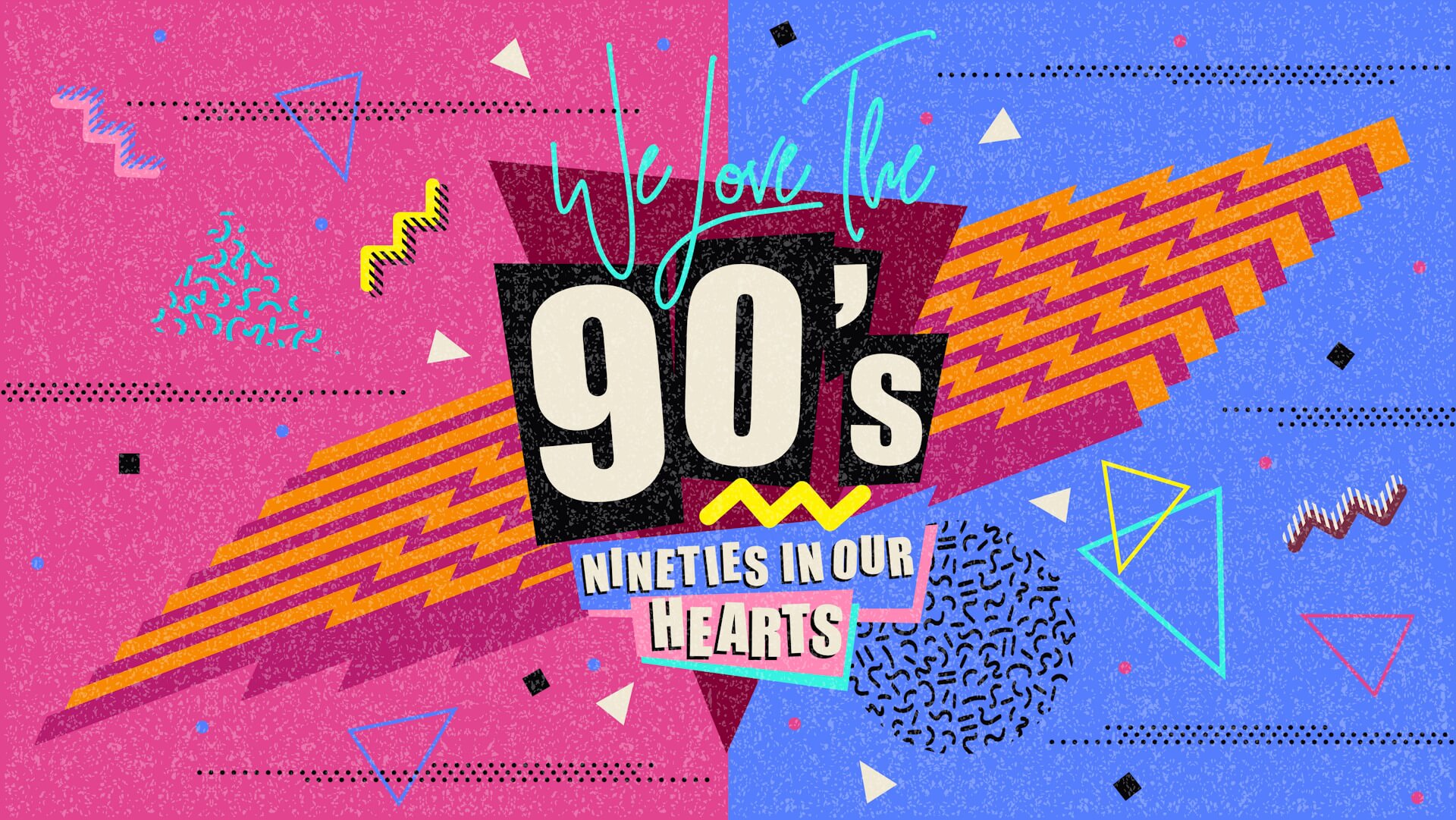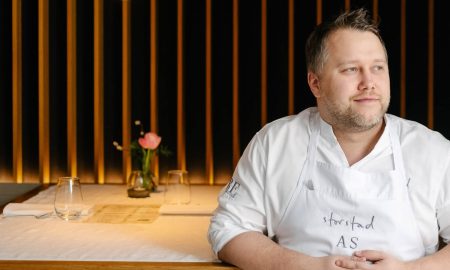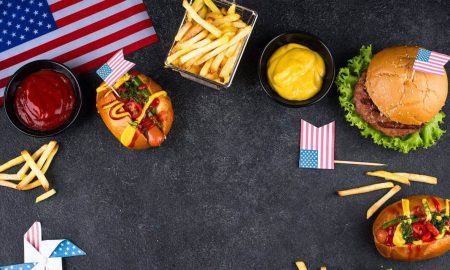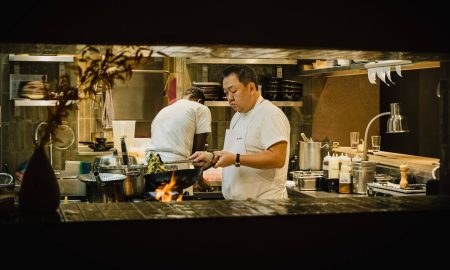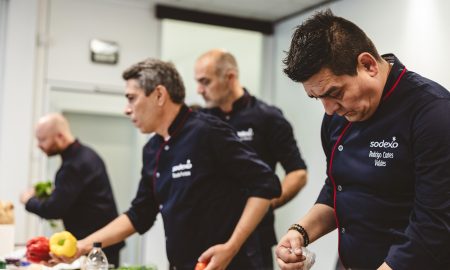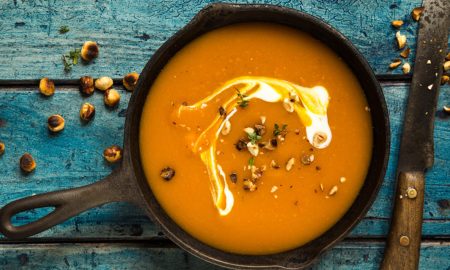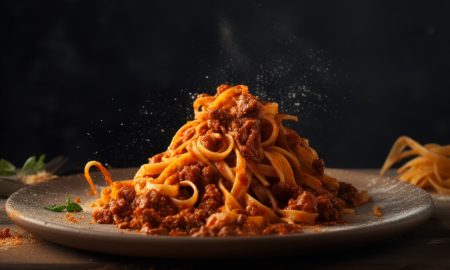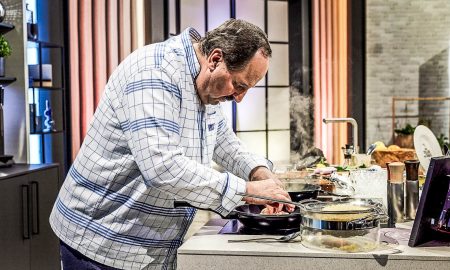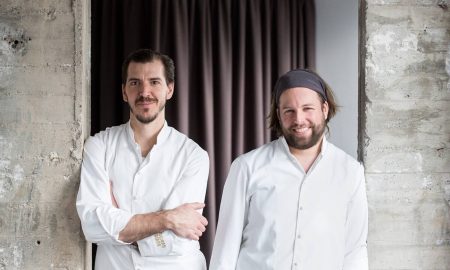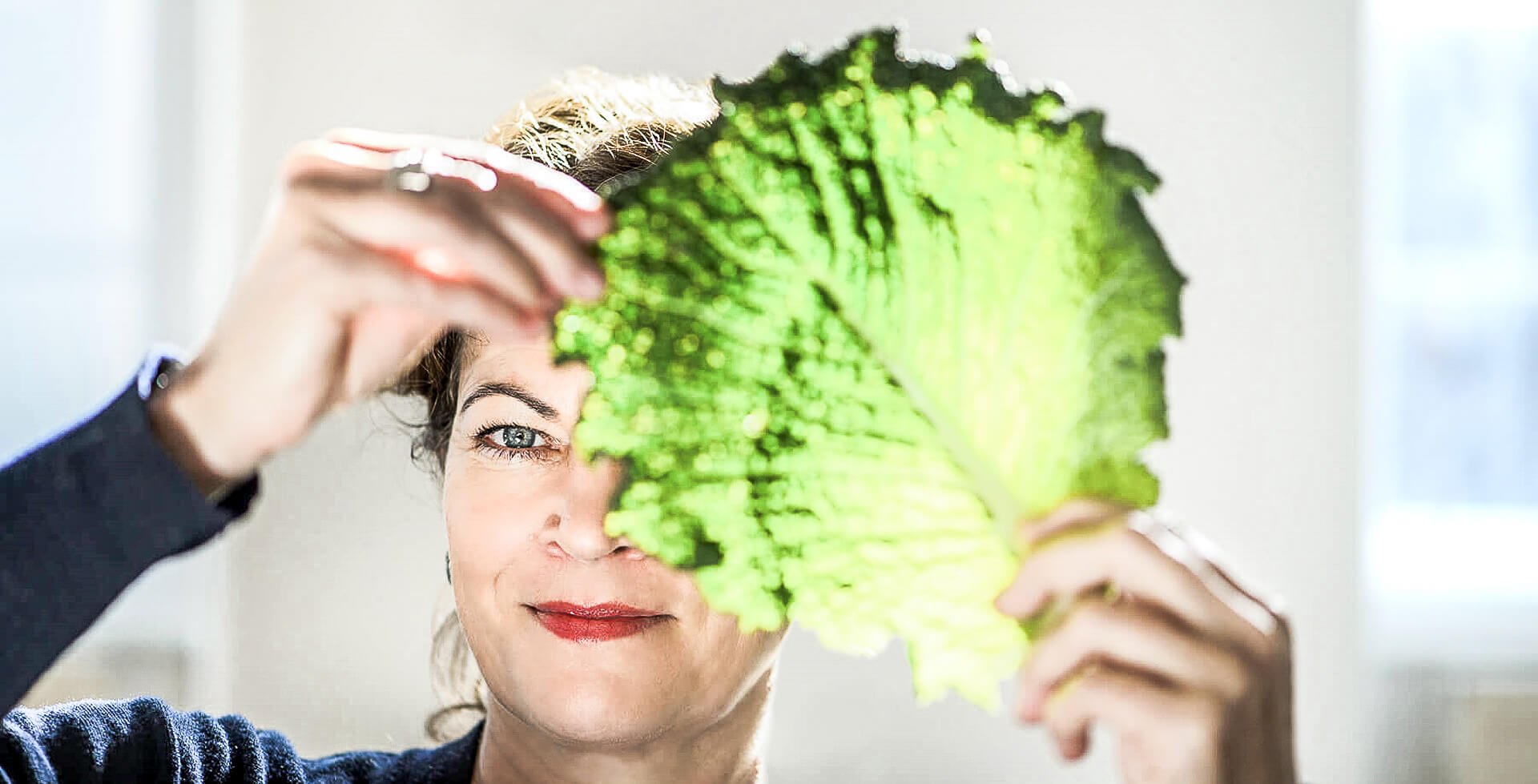The 1990s were sandwiched between two events that shaped history: the fall of the Berlin Wall in 1989 and the September 11, 2001 terrorist attacks on the World Trade Center. This was a decade when everything seemed well with the world. Except perhaps questionable fashion and tattoo trends or earworms like “Cotton Eye Joe”. But as we all know, there’s no accounting for taste. And that’s why not all 90s food trends ultimately took root. Dishes came, dishes went and others have stuck around until today. What’s more, they have had a significant and lasting impact on the food industry. So it’s worth looking back on the 90s. A decade, which was not only flashy and exciting, but also offers important insights into how modern cuisine has evolved.
90s food trends: Globalization of the kitchen
Globalization gained considerable momentum in the 90s. On the one hand, this was brought about by the end of the Cold War and the many countries becoming politically more open. On the other hand, it was triggered by the rise of the Internet and modern communication technologies such as e-mail and mobile phones. Exotic ingredients and dishes were suddenly readily available and influenced the eating and cooking habits of people around the world. For example, tacos, Thai curries or Italian classics such as tiramisu increasingly found their way onto plates.
Especially sushi, which had already become popular in the 80s, became a global phenomenon in the 90s. Above all, California rolls – sushi for beginners, so to speak. Who actually came up with the California roll is still a matter of debate, but the thinking behind it is clear. The sight of seaweed was unusual for many people, which is why they usually left the layer of nori seaweed behind on the plate. That’s why Japanese sushi chefs from Los Angeles or Vancouver came up with the idea of simply turning the roll the other way round so that the rice sticks to the outside. Although most people are no longer put off by the thought of seaweed, California rolls are still popular all over the world – including in Japan.
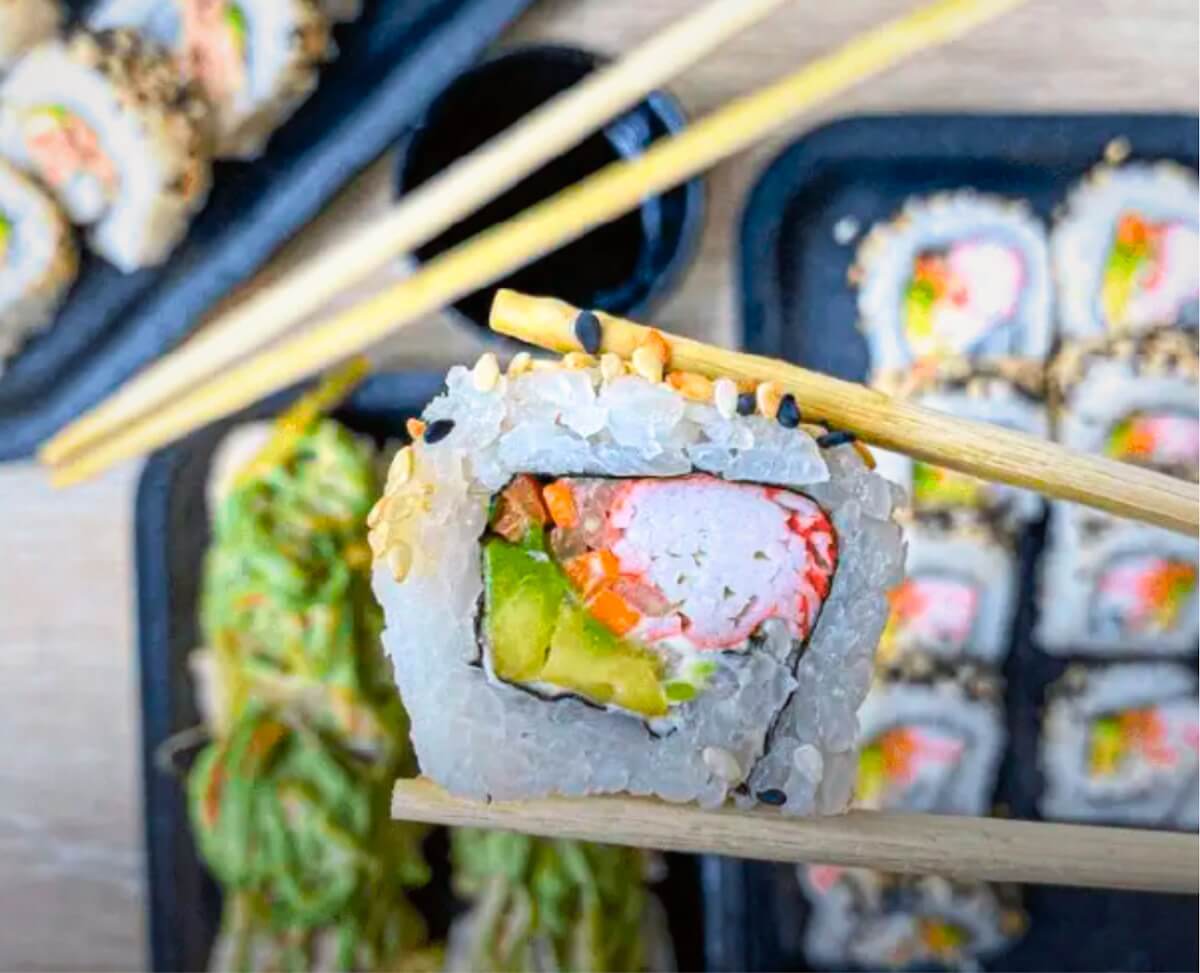
Image: Rational
Typical 90s food – Caesar Salad
Several chefs also lay claim to having created the next dish, popular in the 1990s. The most well-known legend takes us back to the year 1924, to Tijuana in northern Mexico. Cesare Cardini, an Italian immigrant, ran the restaurant Caesar’s Place on the US border, which was mainly frequented by Americans who wanted to bypass the alcohol ban. On July 4, the American national holiday, the rush on the restaurant was particularly intense and the pantry almost empty. So Cardini threw everything together he could find to satiate his guests: Romaine lettuce, garlic oil, Woucester sauce, lemons, eggs and Parmesan. And thus the very first Caesar salad was born – at least if you believe his daughter’s stories. The fact is, Caesar salad made its breakthrough in the 1990s.
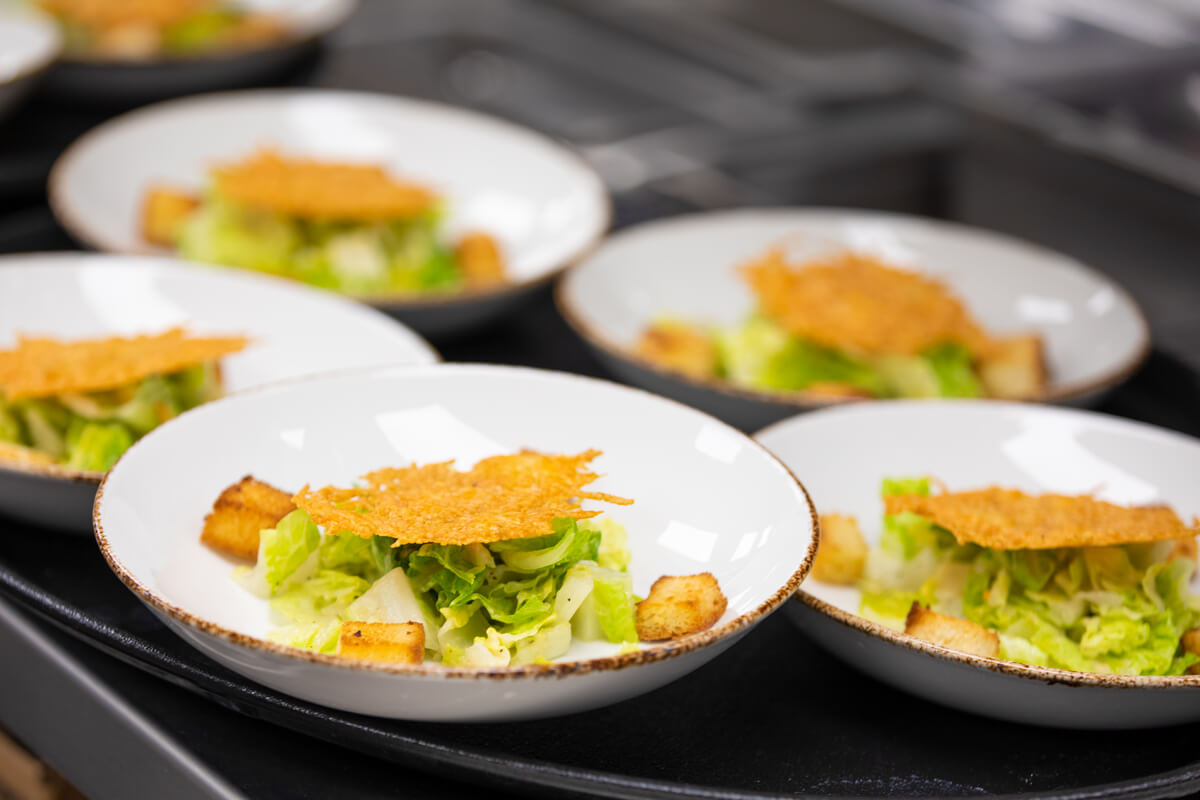
Image: Rational
Why did it finally become a big hit? Probably because there was a growing awareness of the importance of healthy food back then. In the USA, the food pyramid had just been officially published with the aim of providing guidelines for a balanced diet. And Caesar salad seemed to fit perfectly with this 90s food trend. Just a light salad. At least that’s what people thought. It was only later that they realized the dressing packed a real calorie punch.
90s food trend: Low fat diet
This is another trend that emerged in the 90s, which is also considered the decade of countless diet fads. Although it had already been around for a few years, the low-fat diet experienced a boom in this decade, when many food companies launched “low-fat” products on the market. The fast food chain McDonald’s, which put McLean Deluxe on the menu in 1991, is no exception. This was a reduced-fat burger whose patty consisted of only 91% meat. The rest was enriched with water and carrageenan, an additive made from red seaweed. Long story short – the McLean Deluxe was not well received by customers. The flavor was described as dry and bland, which ultimately earned it the nickname “McFlopper”. It was discontinued five years later.
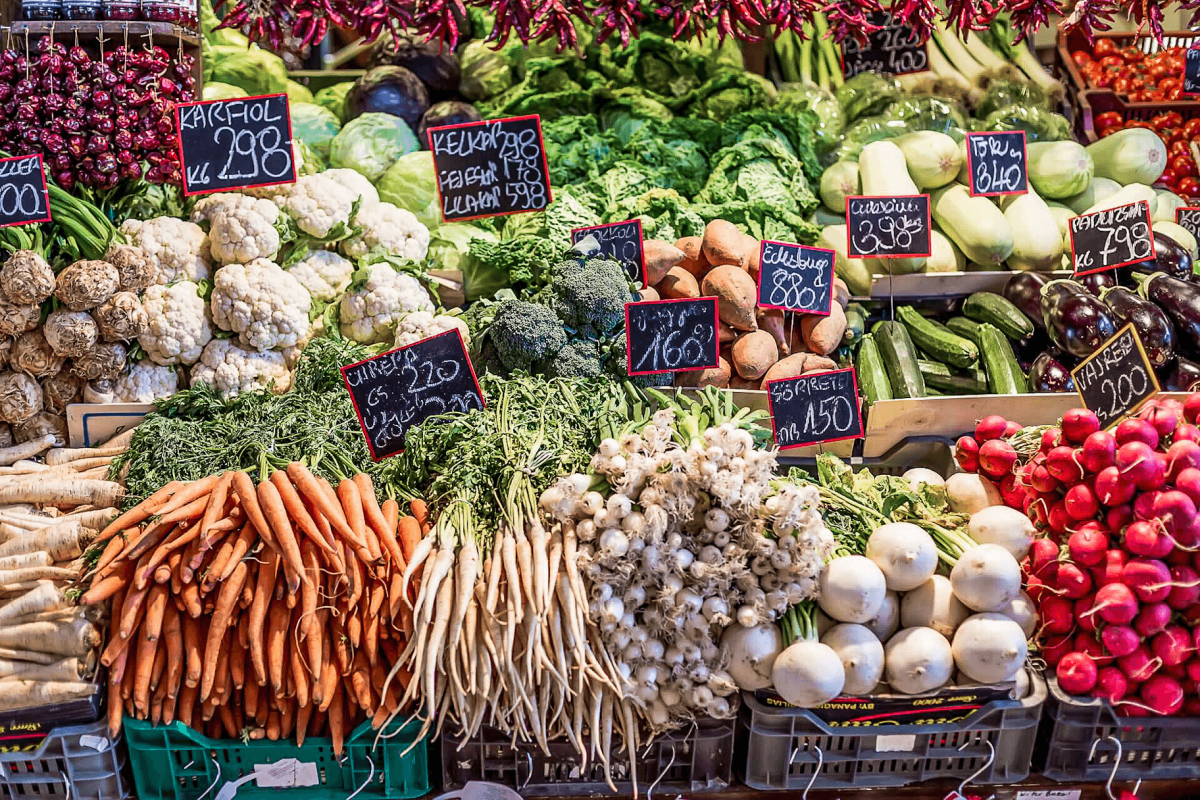
Image: AdobeStock | Nikolay N. Antonov
A star among desserts to this day – Molten chocolate lava cake
“If Crème brûlée was the most popular dessert in the 1980s,” wrote renowned American confectioner Sherry Yard in her cookbook Desserts by the Yard, “then chocolate truffle cake was the favorite of the 90s.” It’s no wonder, then, that two chefs want to claim credit for inventing molten chocolate lava cake, a small chocolate cake with a gooey center. And in a way, both are right. French chef Michel Bras presented his chocolate coulant (French for “liquid”) at his restaurant in Laguiole, France, in 1981, and his fellow countryman, Jean-Georges Vongerichten, inadvertently created his own version six years later.
Bras says that he spent two years refining this “technical masterpiece”. His chocolate cake consists of sponge cake and a frozen chocolate ganache that melts in the oven and ultimately flows over the spoon like lava. The idea came to him after a day of cross-country skiing with his family. The weather was bad and the whole family was freezing. They finally thawed out over a cup of hot chocolate, laughing and talking to each other. Inspired by this, Michel Bras decided to capture this moment in culinary terms and transform it into a dessert. It wasn’t an easy undertaking, he admits, but it was worth the effort, because the dessert quickly found its way into the world’s top kitchens.

Image: AdobeStock | Vladislav Noseek
Six years later, 30-year-old Jean-Georges Vongerichten was baking 500 chocolate cakes for a private celebration using his mother’s recipe. What he didn’t consider, however, was that the many cakes in the oven would cause the temperature to drop considerably. “After we had served them, the waiter ran to me and said that the cake wasn’t baked all the way through,” Vongerichten recalls in an interview. “So I cut open one of the cakes, and lo and behold, it was runny in the middle. I couldn’t believe I had just served raw cakes!” The guests, on the other hand, reacted with standing ovations. They even invited the surprised chef to celebrate with them. The now world-famous Vongerichten may not have been the first to serve a chocolate cake with a gooey center. But his recipe is particularly popular because it is easy to recreate.
90s food trend: The rise of molecular cuisine
A few scientists laid the foundation for another important food trend of the 90s. The French chemist Hervé This and the German physicist Thomas A. Vilgis were the first to do so. They studied the chemical, biological and physical processes that occur when food is prepared and significantly shaped the concept of molecular cuisine. This is a term the Spanish star chef Ferran Adrià doesn’t really like – he prefers the name avant-garde cuisine. However, he is still considered one of the co-founders of molecular cuisine, as is the British restaurateur Heston Blumenthal.
In a room that resembles a laboratory rather than a kitchen, they worked with pipettes, tweezers or Petri dishes in the 90s. It is not uncommon to use dry ice or liquid nitrogen to this day, which, by the way, is not exactly harmless.
Sieh dir diesen Beitrag auf Instagram an
This begs the question: What is the point of it all? The pros’ answer: To break boundaries and use state-of-the-art technologies to develop new textures and flavors, thereby creating food that is more than just food. For example, guests are served hot ice cream that melts in their mouths when cooled, candy made from olive oil or caviar made from melon. What you are left with is an unexpected taste experience, and a 90s food trend that has revolutionized modern cuisine and continues to shape it today.


